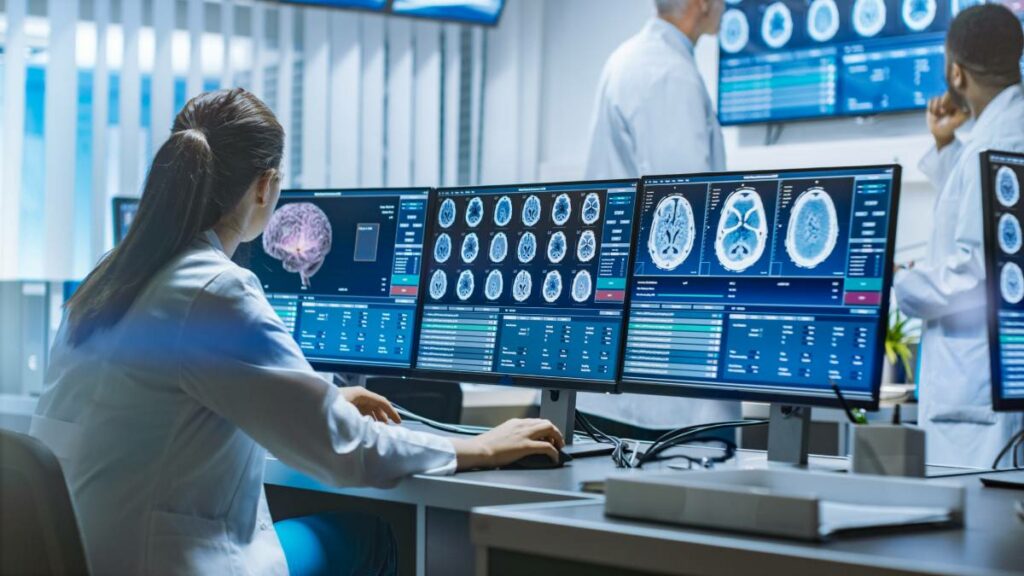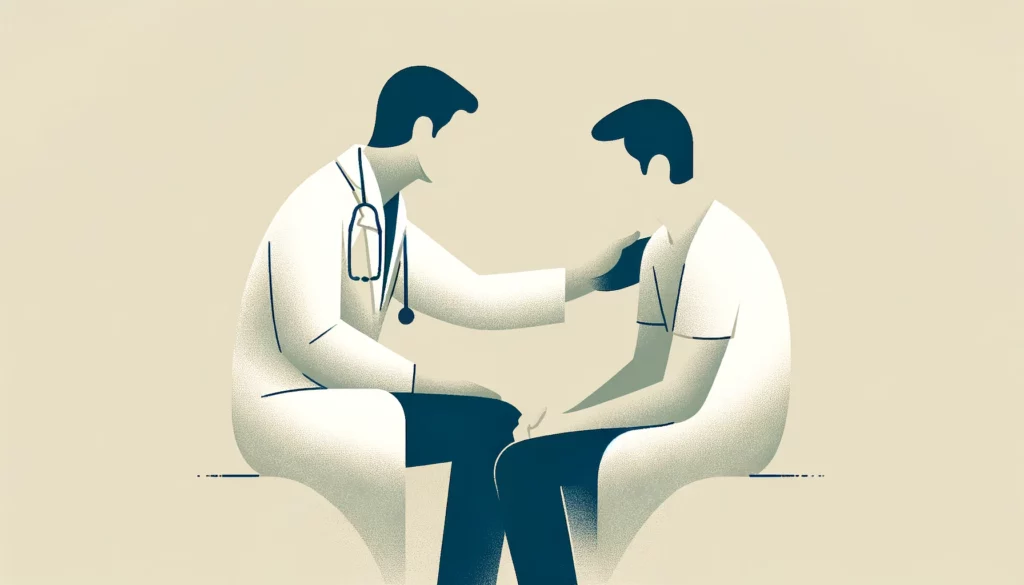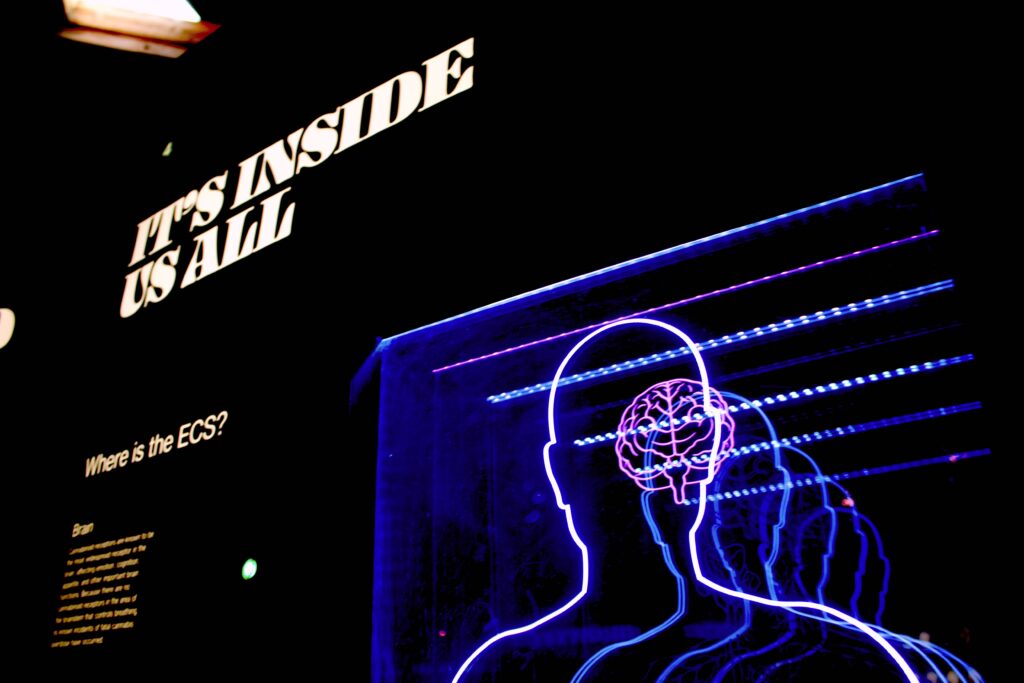Medical imaging is a crucial part of modern healthcare.This technology has revolutionized how physicians diagnose and treat their patients, and it is continuing to evolve as new technological advances are made. We’ll look at how technology is transforming medical imaging and what that means for the future of healthcare.

The Evolution of Medical Imaging Technology
Medical imaging technology has come a long way since its introduction in the 1800s. Early X-ray machines used radioactive materials to produce images of bones, organs, and tissues without removing them from the body. Since then, medical imaging technology has advanced rapidly with the development of more sophisticated tools such as ultrasound, MRI scans, PET scans, CT scans, and other innovations.
Today’s medical imaging technologies are far more potent than their predecessors. They can provide detailed images of internal structures previously impossible to view or measure accurately. This allows physicians to diagnose diseases quickly and accurately while reducing the risk of misdiagnosis associated with traditional methods such as physical examinations alone. It also enables doctors to detect illnesses earlier than ever before, leading to better patient outcomes.
How Technology Is Transforming Medical Imaging
Technology is constantly advancing the capabilities of medical imaging systems. Advances in artificial intelligence (AI), machine learning (ML), computer vision (CV), deep learning (DL), cloud computing, 5G networks, and other emerging technologies are transforming medical imaging into a more efficient and accurate practice. AI-enabled systems can automatically detect anomalies in images that would have been difficult or impossible for humans to spot manually.
ML algorithms can recognize patterns in data that allow for faster diagnoses and more effective treatments for patients. CV models identify objects within images with fantastic accuracy, and DL models analyze large datasets for disease diagnosis or prognosis purposes with unprecedented speed and accuracy. Cloud computing provides secure storage for patient records, while 5G networks enable real-time communication between devices located worldwide without latency issues or bandwidth constraints.
All these technological advances are making medical imaging faster, cheaper, safer, and more precise than ever before – providing doctors with invaluable insights into their patient’s health so they can make informed decisions about treatment plans quickly and easily. By leveraging cutting-edge technologies like AI, ML, CV/DL frameworks, cloud computing platforms, and 5G networks (and beyond!), medical professionals can diagnose diseases faster while improving patient outcomes even further down the line – all thanks to technology!
The Benefits Of Technology-Enabled Medical Imaging
Technology-enabled medical imaging is revolutionizing the healthcare industry. This technology allows doctors to diagnose diseases faster, detect anomalies more accurately, and make better decisions about treatments – all while reducing costs and improving patient outcomes. Additionally, this technology can help reduce paperwork errors which often result in unnecessary costs or, worse – misdiagnoses.
These technological advancements are creating a more efficient and accurate medical imaging process for physicians and patients, making it easier than ever to receive the care they need. Not only does this lead to better patient outcomes, but it also helps lower healthcare costs and saves time – both of which are invaluable benefits that will continue to be felt for years to come.
How To Leverage Technology-Enabled Medical Imaging
If you are looking to take advantage of the benefits of technology-enabled medical imaging, you should follow a few key steps. First, ensure your staff is adequately trained in using the latest technologies. This will ensure they understand how to use these tools correctly and get the most out of them. Second, work with your IT team to ensure that your equipment is up-to-date and secure. Finally, develop a plan for using the data gathered from these technologies to improve patient care and reduce costs.
What If I Don’t Have Access To Technology-Enabled Medical Imaging?
If you do not have access to technology-enabled medical imaging, there are still ways that you can improve your practice. For example, increasing the amount of training for healthcare staff on how to use existing imaging tools and techniques can help to improve accuracy and reduce errors in diagnosis. Additionally, investing in digital tracking and storage solutions can help streamline the sharing of patient data between multiple healthcare providers.
By leveraging the latest technology-enabled medical imaging tools and techniques, healthcare providers can increase diagnostic accuracy, improve patient outcomes, reduce costs, and save time. Even if you don’t have access to these technologies now, there are still ways to improve your practice by investing in training and digital tracking solutions. With the right tools, you can ensure that your healthcare facility provides the best care for everyone involved.
Medical imaging has come a long way since its inception over 200 years ago – from using radioactive materials to create X-rays of bones & organs up until today, where we have access to powerful AI/ML algorithms & cloud computing platforms that enable us to get detailed insights into our patients’ health within seconds! These technological advancements have revolutionized how we diagnose & treat diseases but will continue transforming healthcare delivery in ways unimaginable just a few short decades ago – improving patient outcomes & providing doctors with invaluable information when making treatment plans! So if you’re interested in how technology is transforming healthcare delivery, keep an eye on advancements in medical imaging! It’s sure to be an exciting ride.



